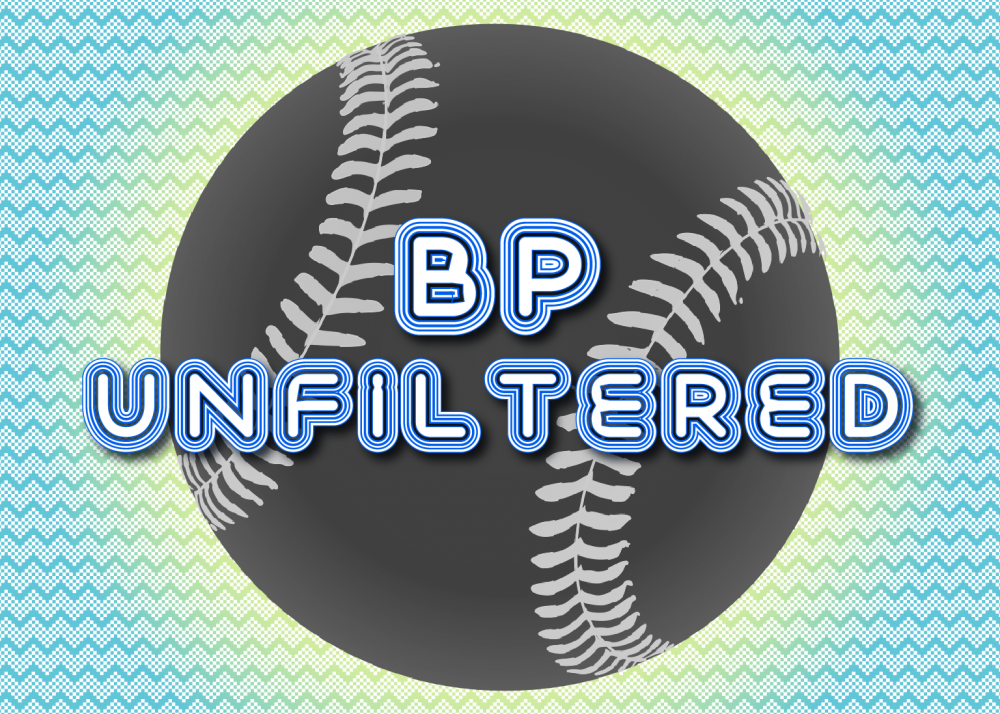
The first image in a commercial is the most important one. You know this is true because when you search that phrase in Google, it returns more than 1.3 million hits, most of the primary ones being about the history of advertising. But also, how could it not be, when we have this example of an opening frame:

Open on Blake Snell, San Diego Padres pitcher, whose perpetual resting face appears to be “changing between two indeterminate expressions.” He’s happy, because he’s a baseball player and a millionaire and he probably hasn’t seen Ghostbusters 2. But he’s also… concerned? Fraught? Conflicted by the fact that he’s wearing identical and prominent logos on multiple pieces of clothing in a way that no normal man or woman would ever do in public? This is the power of the commercial. “The most important part of your commercial,” says an actual piece of advice about making commercials I randomly found on LinkedIn, “is telling your audience what you want them to do.” And apparently baseball wants you, the audience, to wonder what the hell is going on.

We’ve yet to hit 0:01 on the clock and Blake Snell’s hat has fallen off, accompanied by the clear foley of a gust of extremely real wind. It appears to be quite soothing. His face appears to be halfway between “my hat has fallen off” to “Man, me and the boys are going to devour some fajitas tonight, can’t wait.”

Snell twists toward his departing headgear. He does not act like a normal human being at this point, that is, lunge wildly at it with both hands in a way that would look ridiculous on camera. This is like how people never say goodbye after phone calls in TV shows. We have to accept that we live in a separate, graceless world than our heroes.

Snell checks with the director to see if he’s doing okay. The director apparently gives him the thumbs up.

Back over at the hat again. Snell’s back in character again. We’re still at the one- second mark of this commercial.

Next: an establishing shot of the hat, which has touched earth just east of second base. It isn’t the point of the commercial, but my god does that cap make the base look just gargantuan. It’s tragic that Snell only reached base four times before the National League DH took over with zero stolen base attempts, so there’s no way to photoshop an adorable miniature Blake Snell sliding into that bag.

So now we’ve finished what professional comedians describe as “the setup.” Tim Anderson, despite playing for a very different team in a very different spring training stadium, is out at his position, just kind of soaking in the fact that he’s still near the top of the defensive spectrum. Snell asks him to grab his hat, but you see, Tim can’t grab the hat. After all, based on the new shift rules, shortstops have to remain on the left side of the bag, and the hat is on the right side of the bag.
In a way, there’s some real unintentional tragedy here, bubbling under the surface. In order to employ two of its most charismatic players to describe a rule change through the art of subtle humor, the ad must, in the process, strip them of their agency. The joke, the intended absurdity of the situation, is that the rules that govern us, and where we can physically be, are greater than us. It’d be funny, perhaps, if it weren’t true for all of us, all of the time, victims and propagators of an endless, Kafkaesque private bureaucratism. “Maybe you should realize that this isn’t even a game,” Snell protests, and Anderson has no comeback, because there is no comeback. “Maybe you should hold onto your hat” is the punchline, which is to say, maybe you should never put yourself in a position where you need the help of others, because despite the fact that others are good, and would love to help you, they cannot. It is against the rules.
Here is the face of Blake Snell, struggling with this concept. While still getting to eat fajitas in just a couple of hours.

Grade: D-.
Thank you for reading
This is a free article. If you enjoyed it, consider subscribing to Baseball Prospectus. Subscriptions support ongoing public baseball research and analysis in an increasingly proprietary environment.
Subscribe now
Props to Tim Anderson for the perfect overly serious, deadpan delivery of that easily foreseeable dialogue. And props to Snell for giving it a real go of making it seem real in the last shot. The ballplayer actors are not the problem...